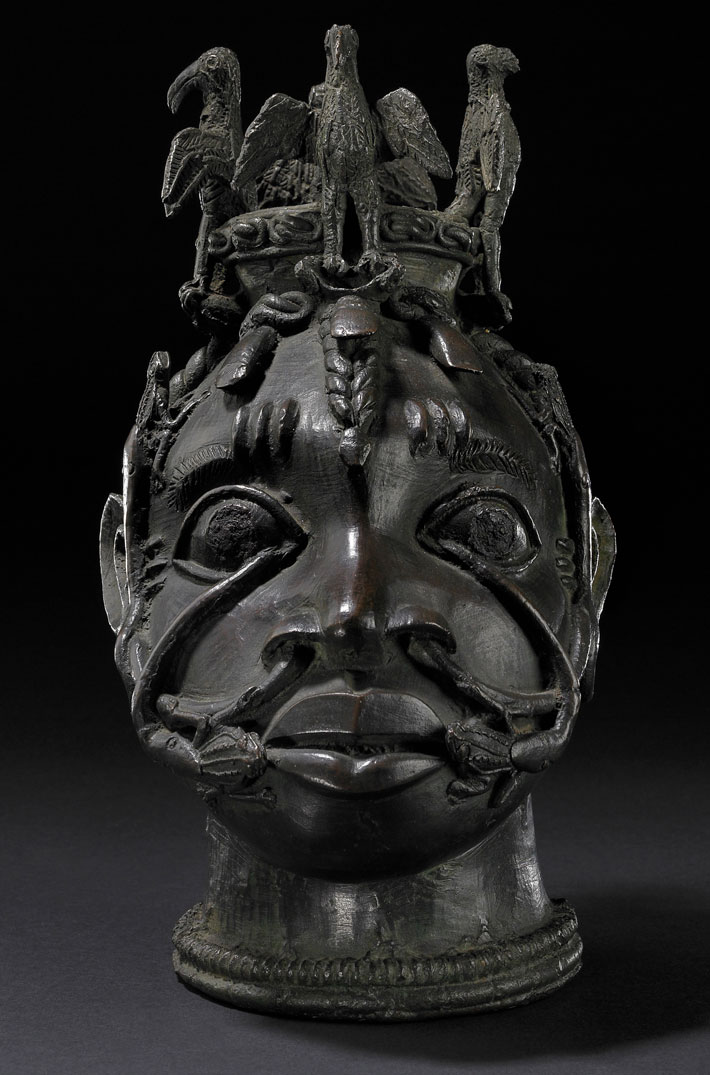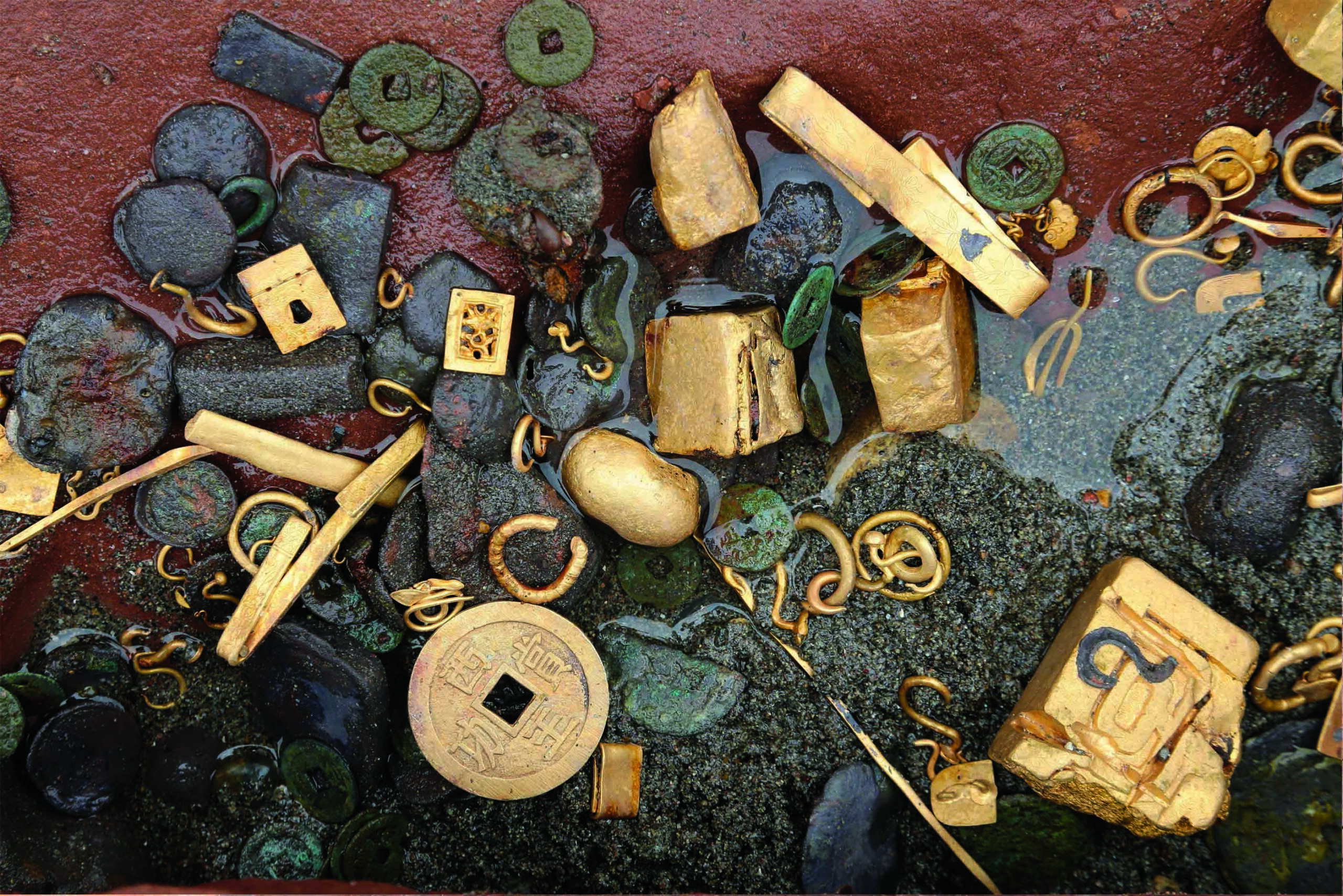CHANGZHI, CHINA—Live Science reports that three opulently decorated brick tombs unearthed during salvage excavations in Shanxi Province date to the Jin Dynasty, whose leaders ruled in northern China from 1115 to 1234. The Jin were not ethnically Han—the largest ethnic group in China today—but descended from a seminomadic Tungusic-speaking people from northeastern China. Jin emperors came to power in the wake of a revolt against Liao Dynasty rule in northern China, and controlled what had been Liao territory until they were conquered by the Mongols in the thirteenth century A.D. The tombs feature carved arches, doors, and windows, as well as painted murals of human figures and floral motifs. Inscriptions inside the chambers record information about historical events and geography of the Jin period. Paintings in one of the tombs, however, are rendered in different colors and depict different flora and fauna than the other two. To read more about the turbulent period in which the Jin Dynasty rose to power, go to "Weapons of the Ancient World: Fire Lances and Cannons."
Jin Dynasty Tombs Uncovered in Northern China
News March 20, 2024
Recommended Articles
Digs & Discoveries January/February 2018
Underground Party
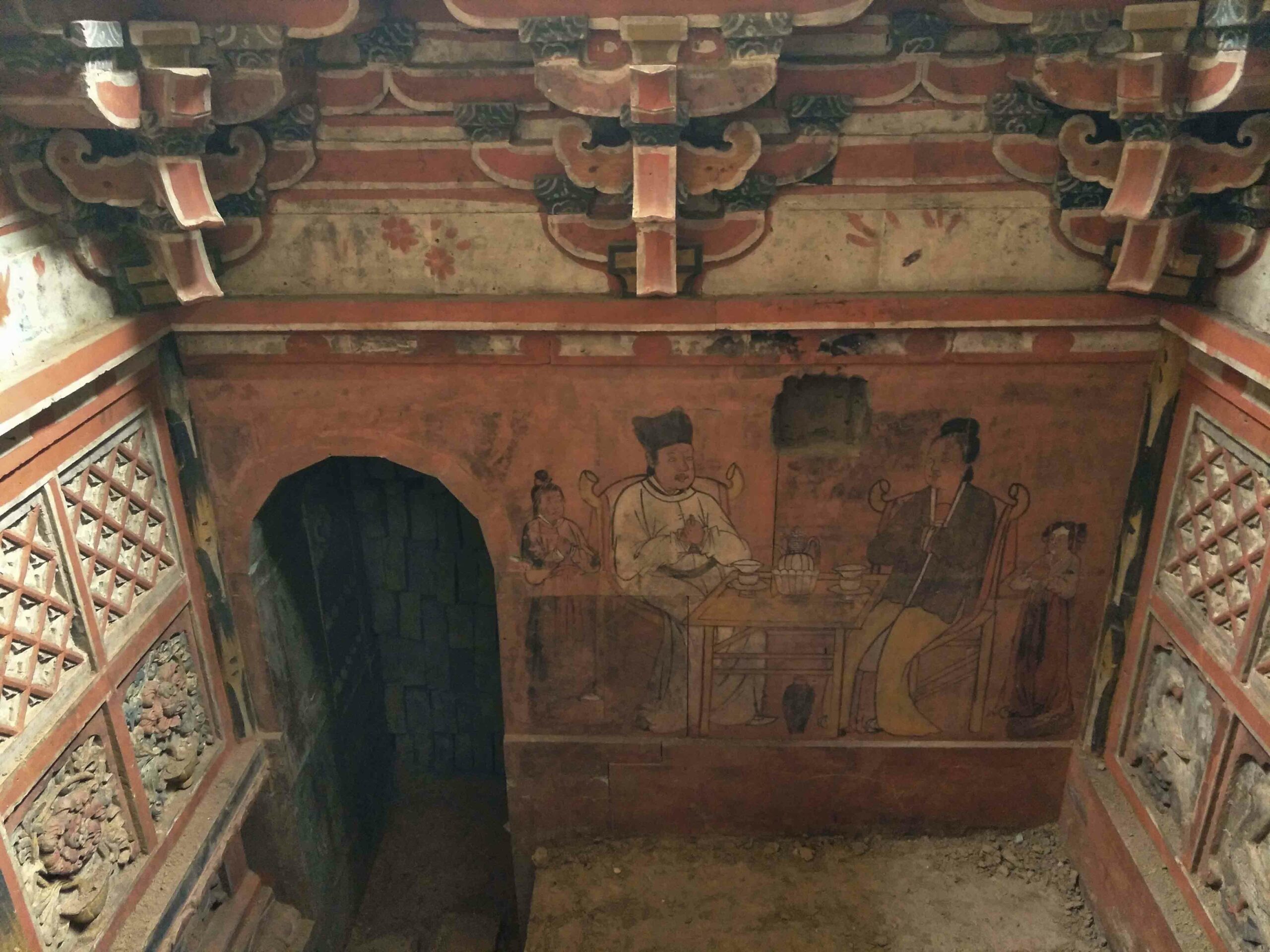
Digs & Discoveries November/December 2025
Ancient Look Book

Digs & Discoveries September/October 2025
A Chinese Frontier Fort
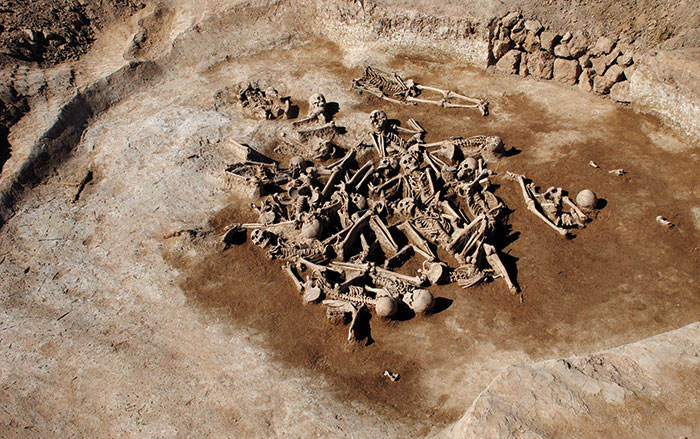
Features September/October 2025
Myth of the Golden Dragon
Eclectic artifacts from tombs in northeastern China tell the story of a little-known dynasty

-
Features November/December 2023
Assyrian Women of Letters
4,000-year-old cuneiform tablets illuminate the personal lives of Mesopotamian businesswomen
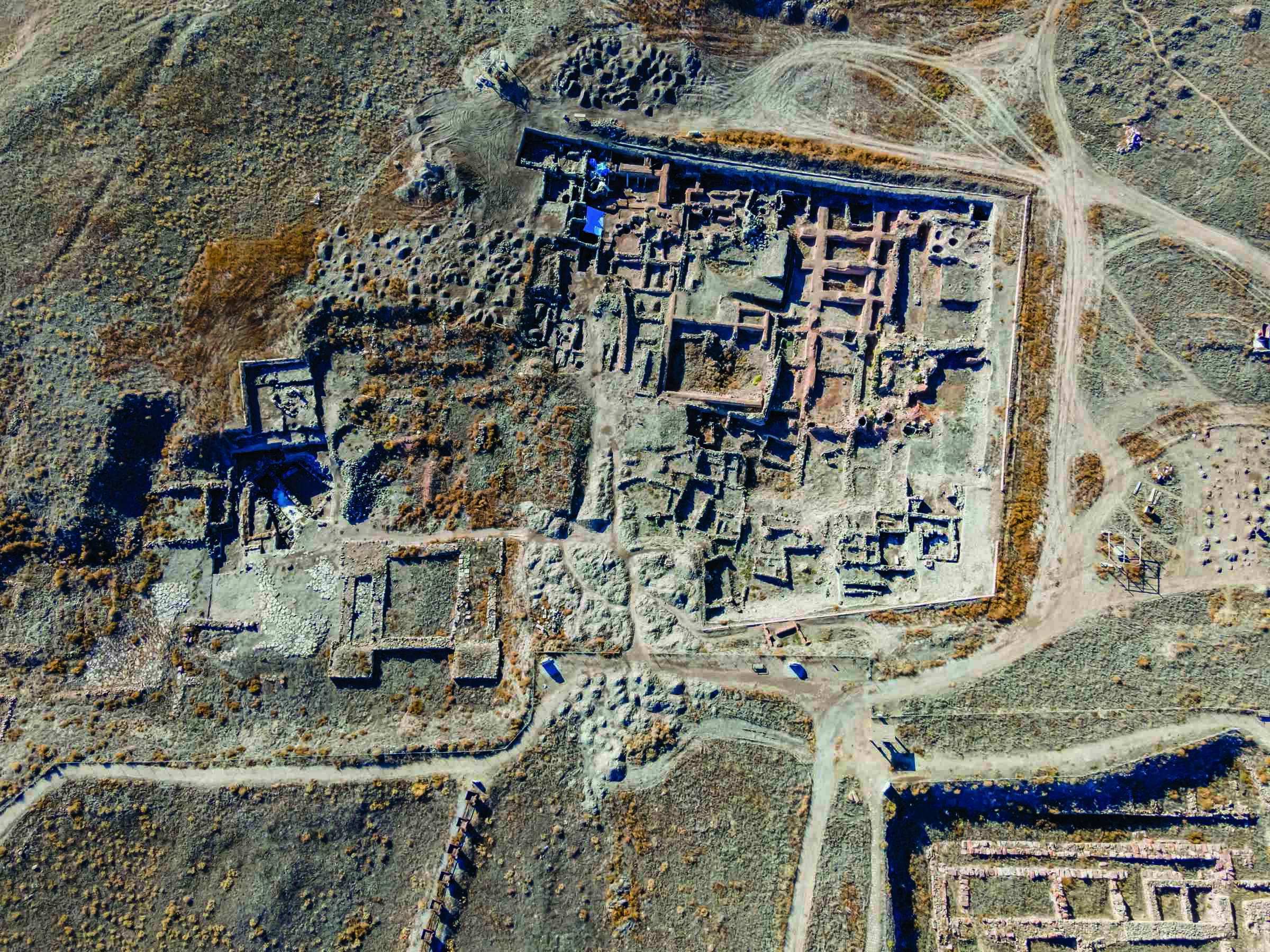 (Attraction Art/Adobe Stock)
(Attraction Art/Adobe Stock) -
Letter from El Salvador November/December 2023
Uneasy Allies
Archaeologists discover a long-forgotten capital where Indigenous peoples and Spanish colonists arrived at a fraught coexistence
 (Courtesy Roger Atwood)
(Courtesy Roger Atwood) -
Artifacts November/December 2023
Sculpture of a Fist
 (Museum of Fine Arts, Boston/Bridgeman Art Library)
(Museum of Fine Arts, Boston/Bridgeman Art Library) -
Digs & Discoveries November/December 2023
The Benin Bronzes’ Secret Ingredient
